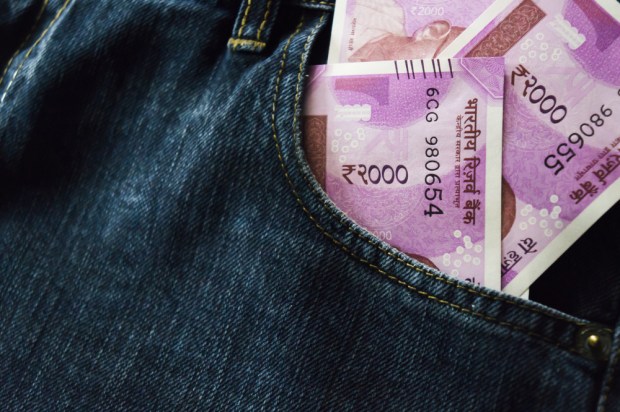Money Laundering Increases Amid India’s Cash Crackdown

The country’s decision to discontinue the 500- and 1,000-rupee banknotes earlier this month in an attempt to curb fraud, corruption, illegal tax evasion and illegal cash holdings has actually brought about a rise in money laundering schemes.
According to The Wall Street Journal, business owners across the country are taking drastic measures to dispose of the large amounts of paper currency that they have been hoarding.
These tactics include purchasing gold and smuggling it overseas, paying employee salaries months in advance and ringing up fake sales. These illegal money laundering workarounds may be undercutting Prime Minister Narendra Modi’s initiative.
The social engineering project, WSJ explained, was designed to help uncover more of the country’s $2 trillion economy, while punishing tax evaders and other criminals. The change could mark a major step in India becoming a cashless society, though the private sector still has some work to do providing affordable mechanisms to replace the cash economy.
Earlier this month, Modi stated that the illegal activities are among the “biggest obstacles in eradicating poverty” — with a bead being drawn on tax evaders, according to the BBC.
In place of the 500- and 1,000-rupee notes, a new set of 500-rupee and 2,000-rupee notes are being issued as replacements. Banks have 50 days to comply with the new directive, with individuals able to exchange those notes beginning Nov. 10 and extending through Dec. 30. As the site noted, earlier this year, the Indian government garnered roughly $10 billion through a tax amnesty program, through which Indian citizens were able to declare assets and income that had been previously hidden.
Just weeks ago, the country’s ATMs were reportedly running out of money due to a cash shortage as citizens stood in long lines to exchange the notes that are no longer valid.
A government official told Bloomberg that the cash shortages are expected to continue through November and into December. The government deployed soldiers and security officers to banks to handle the ever-growing crowds, which the site said were calm and patient. They are all trying to exchange their currency amid a restriction on withdrawals of 4,000 rupees ($59.21) per person.
The government is working on printing new 2,000-rupee ($29.61) notes, an unnamed Finance Ministry official told Bloomberg.
“It’s a good move by the government to curb black money, but it is full of hassles for common people like us,” said Pushpendra Pankaj, a worker at New Delhi’s Municipal Council, who had been waiting over an hour at a Canara Bank branch.
Many farmers and small businesses who depend on informal credit systems are struggling to pay money back now that the ban on 500- and 1,000-rupee banknotes has been put in place, Reuters reported. Lenders are having difficulty with lending money, as well as getting paid from borrowers.
“We can’t go on lending and suffer losses,” Saumya Roy, CEO of microfinance firm Vandana Foundation, explained. “How can we force people to pay back when they don’t have money to buy food. How will they pay us?”
